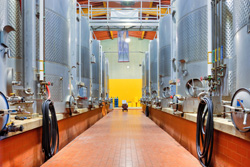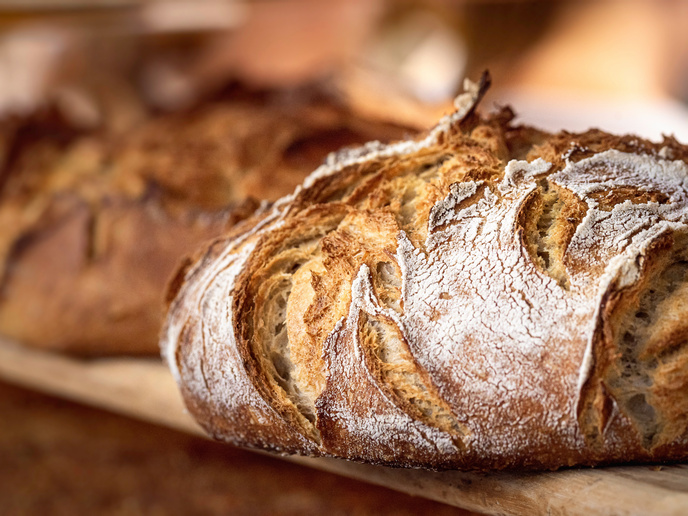Good and bad fermented foods
The groups of microorganisms that are 'cultivated' during food fermentation are essential and determine the characteristics of the end products. However, undesirable microorganisms may present in the form of biogenic amines (BAs) produced by lactic acid bacteria (LAB). Ingesting BAs can cause serious health problems when in high concentrations. Despite being used worldwide, fermentation practices vary widely. The challenge for such a traditional industry, therefore, is to produce food and beverages in which BA levels are minimised. The 'Controlling biogenic amines in traditional food fermentations in regional Europe' (Biamfood) project examined how harmful microorganisms develop during the fermentation process. The primary aim was to determine ways to control this and improve the quality of traditional fermented food products by reducing or eliminating BA production and content. Researchers succeeded in developing and optimising detection methods for BA and BA producers as well as DNA extraction protocols for cheese, cider and wine. The distribution of BA, BA pathway genes and/or BA producers is accessible through the public database Biambase. Study of BA production led to discovery of a new enzyme, HdcB. Efforts to reduce BA levels in foods during fermentation led to screening substrate analogues, which were found to inhibit the pathways, and BA degrading strains were isolated. Biamfood researchers also simulated normal physiological conditions in the gastrointestinal (GI) tract with a rapid assay in order to assess bacterial viability. Other achievements include a transformation protocol for developing tools to make the wine bacterium Oenococcus oeni accessible for genetic techniques. The project showed that BA producers are highly resistant to GI tract conditions and that BA ingestion can lead to weakened immunogenic or inflammatory responses to pathogen-derived products in foods. The successes of the Biamfood project will facilitate development of legislation on BA levels in foods. Success in this area will significantly reduce consumer health risk as well as boost competitiveness of local industries.







